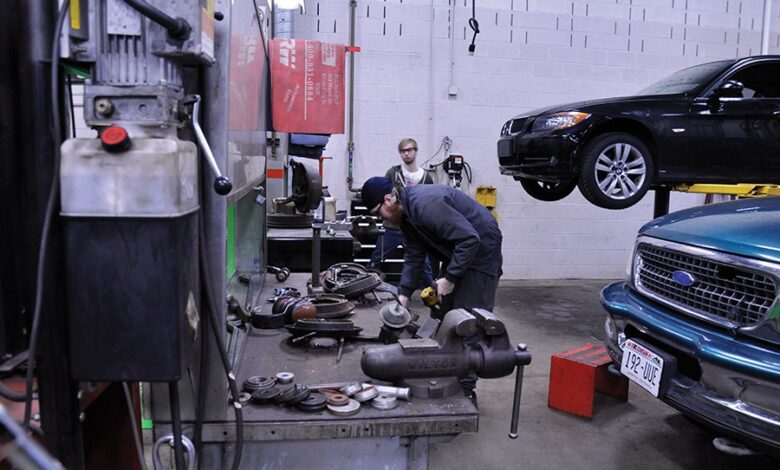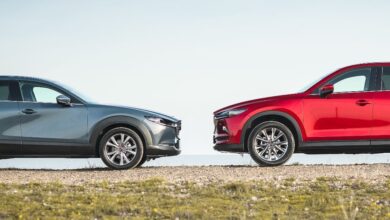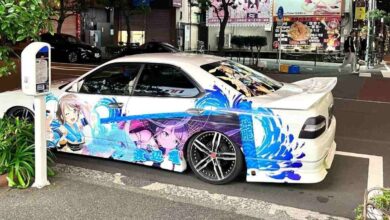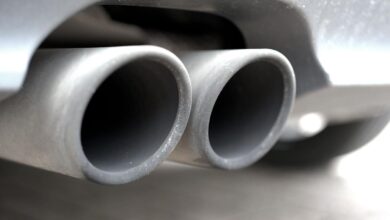Laminated Windshields: The Invisible Shield Protecting Your Safety and Comfort

A laminated windshield is a type of automotive safety glass composed of two sheets of glass bonded together with a thin inner layer of plastic, typically polyvinyl butyral (PVB). This layered construction is specifically designed to enhance both the strength and safety of the windshield. The concept was developed in the early 20th century and is now standard in nearly all modern vehicles. Laminated glass serves multiple purposes, it protects passengers, maintains structural integrity, and improves visibility during and after impact. For expert windshield care and maintenance, trust Auto Repair in Shelton, WA to ensure your vehicle’s safety and performance.
How Layered Construction Boosts Impact Resistance
The key to a laminated windshield’s durability lies in its three-layer design. When an object strikes the outer layer, the energy from the impact is distributed across the glass surface and absorbed by the inner PVB layer. This plastic core prevents the glass from shattering into dangerous shards, keeping the glass intact even when cracked. This is especially critical during accidents, where debris or body impact could otherwise cause severe injuries. Unlike tempered glass, which breaks into small pieces, laminated glass stays mostly in place, reducing the risk of ejection or glass-related injuries.
Enhancing Passenger Safety during Crashes
A vehicle’s crashworthiness is greatly influenced by its laminated windshield. The windshield supports the roof and keeps the cabin from collapsing in front-end crashes, particularly when rollovers occur. Furthermore, airbags sometimes bounce off the windshield before cushioning the occupant when they deploy, especially on the passenger side. A windshield that has been properly glued and laminated will remain in place during this crucial period. The windshield can come out in the absence of this strong connection, decreasing the efficiency of the airbag and raising the possibility of harm or ejection.
Improved Visibility and Noise Reduction
Laminated windshields offer significant advantages beyond just impact resistance. Their design prioritizes enhanced visibility through a smooth, multi-layered surface engineered to reduce glare and minimize distortion, a crucial factor for maintaining optimal driver awareness. The inner Polyvinyl Butyral (PVB) layer plays a vital role by blocking up to 99% of harmful ultraviolet (UV) radiation, safeguarding both the occupants and the vehicle’s interior from sun damage. This UV protection contributes to long-term interior preservation and passenger comfort.
Conclusion
Laminated windshields are built to last, but they still require proper care to maximize their lifespan. Although they resist shattering, they are not immune to chips or cracks from road debris or extreme temperature fluctuations. However, small damages can often be repaired without needing a full replacement, thanks to the design. Regular inspections, avoiding harsh chemicals during cleaning, and timely repairs can keep your windshield in optimal condition. Understanding the science behind laminated windshields not only highlights their technological sophistication but also reinforces their essential role in modern vehicle safety and comfort.



